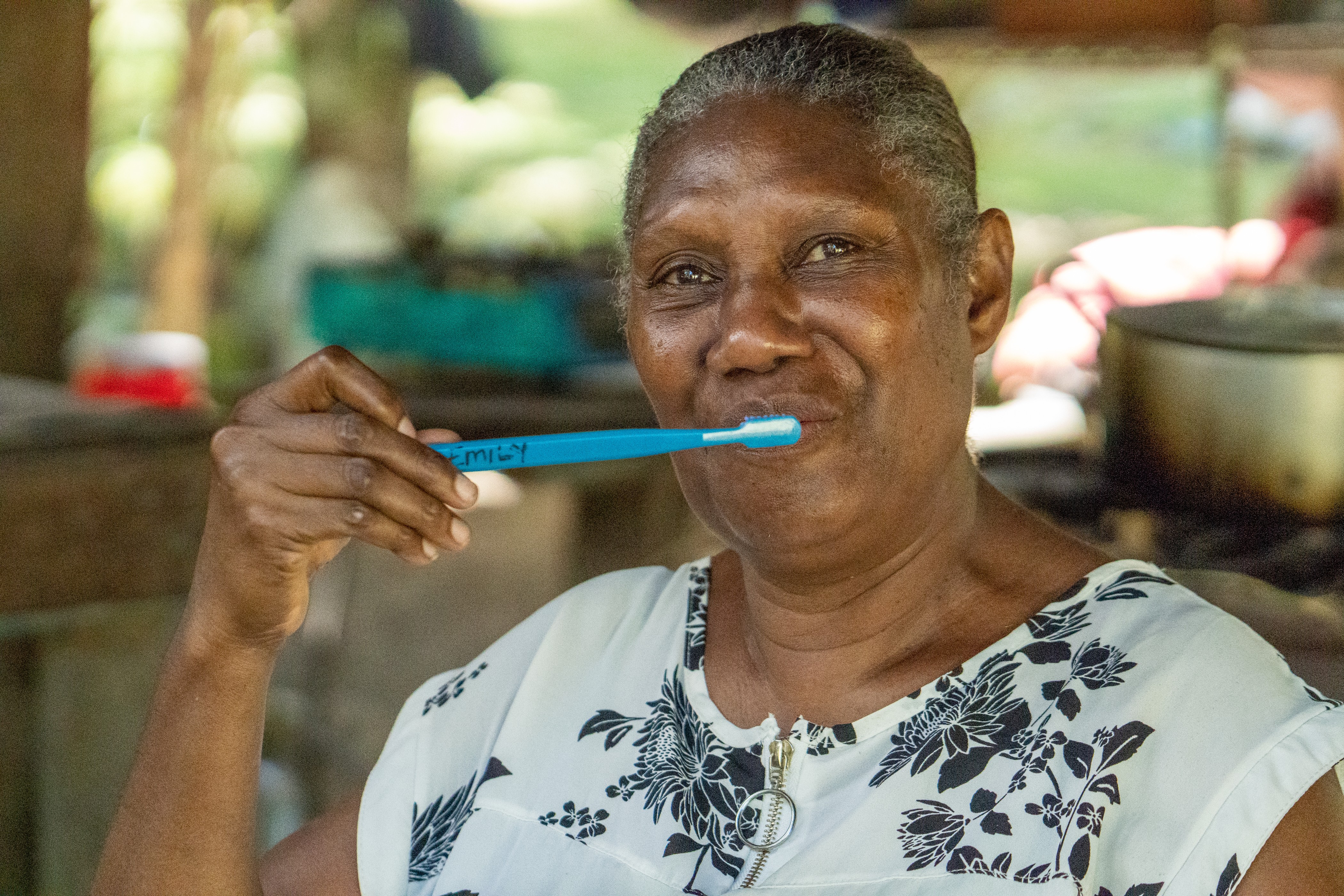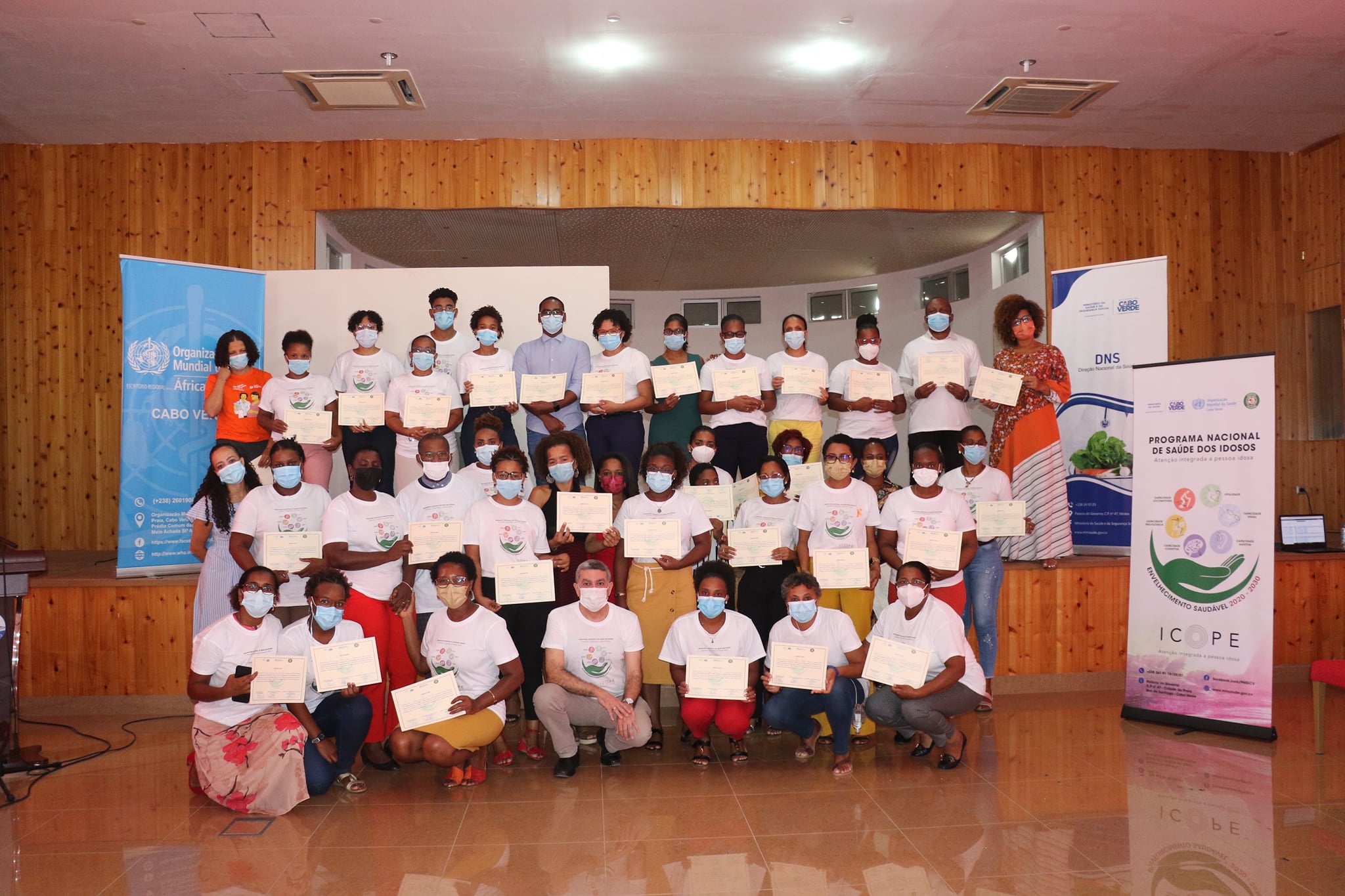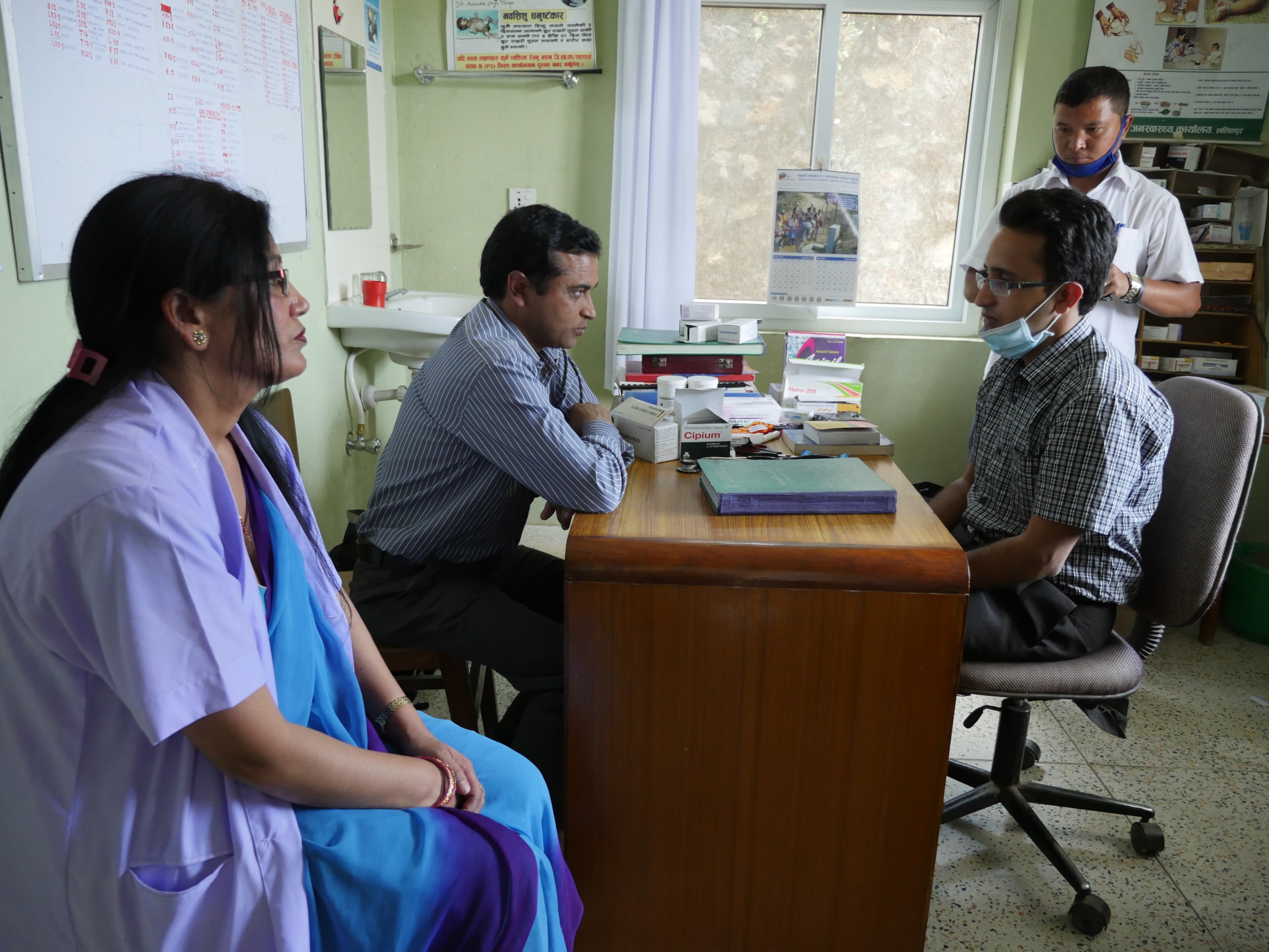NCD Lab Innovators: Shaping Global Policy and Practice
23 Oct 2023

23 Oct 2023
Vanuatu’s 2017 National Oral Health Survey revealed that five- to seven-year-old children had a high prevalence of tooth decay (70%), bleeding gums (77%) and toothache (10%) in their primary teeth which had a negative impact on their physical, mental and social well-being. Forty percent of the children rarely or never brushed their teeth. In response to excessive sugar consumption and inadequate...
23 Oct 2023

23 Oct 2023
Tobacco consumption is a major public health concern in Sierra Leone, with 18% of men and 3% of women aged between 15 and 49 years estimated to be tobacco users 1. Despite awareness of the negative health impacts of tobacco, smoking remains prevalent and causes over 3300 deaths in the country annually 2. To mitigate the harm caused by tobacco use, the Government of Sierra Leone collaborated with t...
23 Oct 2023

23 Oct 2023
In Oman, noncommunicable diseases (NCDs) are responsible for 72% of all deaths with nearly one in five adults dying from NCDs before the age of 70 1. To combat risk factors for NCDs including tobacco use, physical inactivity and unhealthy diets, the government of Oman launched the Healthy Island initiative on Masirah Island in 2022 in collaboration with the World Health Organization (WHO). This in...
23 Oct 2023

23 Oct 2023
Hypertension affects over one third of adults in Malaysia, making it a primary risk factor for mortality and disability. Excessive salt consumption is a significant risk factor for high blood pressure and heart disease, with the average Malaysian consuming 7.9 g of salt per day 2 , more than 50% higher than the World Health Organization’s (WHO) recommended daily intake of 5.0 g of salt or 2.0 g...
23 Oct 2023

23 Oct 2023
For a very long time, farmers in Kenya’s Migori county and other tobacco growing areas have suffered health risks and illness emanating from growing, nurturing and curing tobacco. This is because tobacco growing exposes farmers and individuals to noncommunicable diseases such as cancer and cardiovascular and respiratory diseases. In addition, people in communities are also exposed to a form of n...
23 Oct 2023

23 Oct 2023
The STEPS survey, undertaken in 2018, showed that cardiovascular disease (CVD) represents the main cause of mortality in Ecuador 1. This survey was planned and carried out by the Ministry of Public Health (MoPH) and the National Institute of Statistics and Census (INEC) with the technical cooperation of PAHO/WHO Ecuador, in order to contribute to the surveillance of noncommunicable diseases (NCDs)...
23 Oct 2023

23 Oct 2023
Noncommunicable diseases (NCDs) are a growing public health problem globally, accounting for 76% of premature mortality in Colombia and 80% in the Region of the Americas1–4. Cardiovascular diseases (CVD) are the main cause of mortality and morbidity, generating negative social and economic impacts 5. Economic and social inequalities exacerbate risk factors for people in vulnerable conditions, le...
23 Oct 2023

23 Oct 2023
In Costa Rica, more than 16% of the population is over 60 years of age and the country is experiencing a rapid demographic transition 1. The country is therefore seeking opportunities to develop public policies regarding healthy ageing, including the creation of environments that support older adults’ capacities. Between 2015 and 2018, only two municipalities were part of the WHO Global Network...
23 Oct 2023

22 Oct 2023
Cabo Verde’s health and social assistance systems need to adapt to an ageing population in order to provide relevant prevention and health promotion programmes and curative services. A more agile and responsive health and social assistance system will address the growing and varying needs of the elderly. The Ministry of Public Health (MoPH) requested WHO Cabo Verde’s technical cooperation to h...
22 Oct 2023

22 Oct 2023
Before “Assurance pour le renforcement du capital humain” (“Insurance for strengthening human capital”) or ARCH was launched in 2019, the national health insurance scheme in Benin was characterized by a user-fees policy which had adverse effects on the demand for health services. This led to the poorest being unable to access and/or pay for such services when they needed them most. To comb...
22 Oct 2023

22 Oct 2023
Mental illness is estimated to account for 18% of all noncommunicable diseases in Nepal 1. Despite this, in 2021 only one in four health facilities offered mental health services and most of these were concentrated in major cities, leaving rural populations underserved. Of those offering mental health services, only 16% had a health worker trained in mental health within the past two years 2. To a...
22 Oct 2023